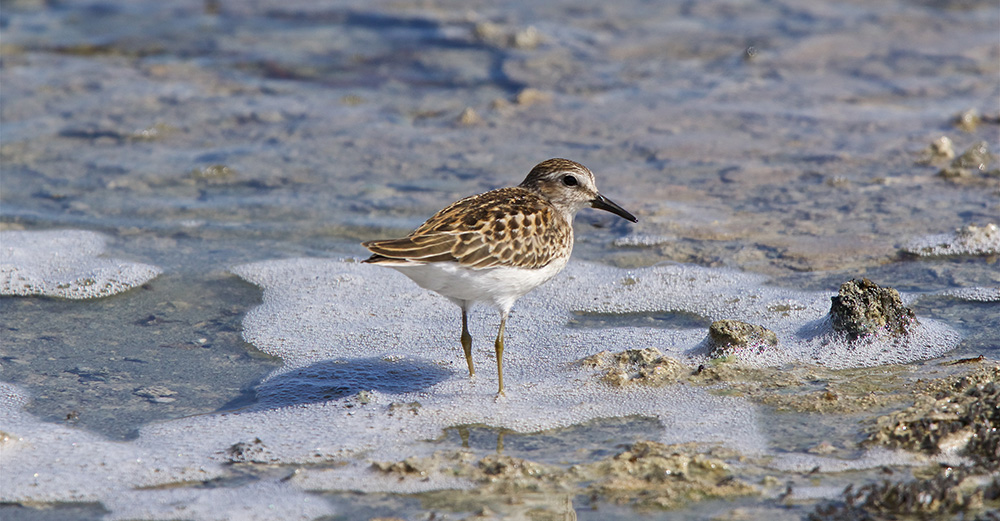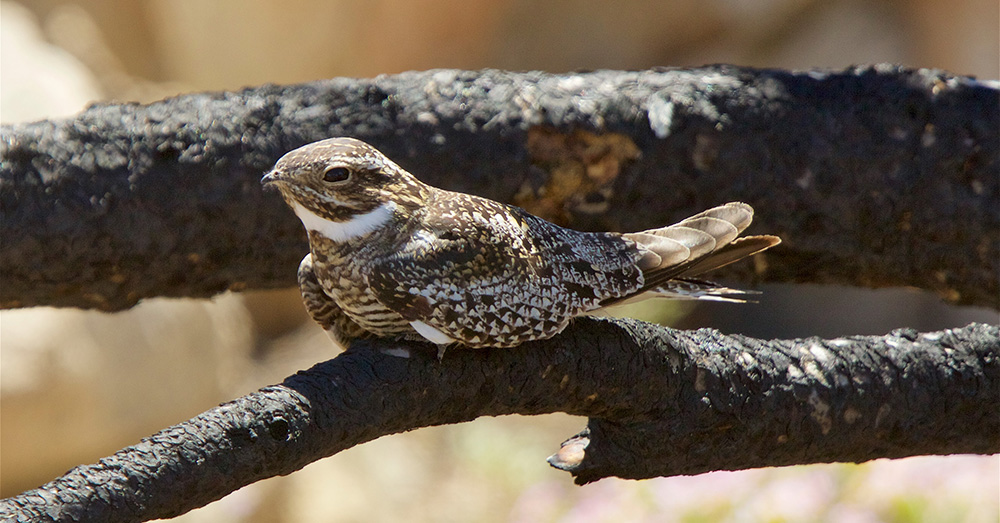
The summer is waning, the canyons are quieting down, birds have reared their chicks, and the young are independent as they prepare to head south to warmer climes for the winter. The Eastern Sierra is a great place to bird at this time, as the higher-elevation migrants move down to the lower basins and the birds from farther north pass through this corridor on their journey south.

There is space available in two amazing field seminars next week; now is your chance to watch the birds as they begin an incredible migration that will take many of them thousands of miles. Falling for the Migration: Bridgeport Valley & Mono Basin is August 16–17, and its partner seminar, Falling for the Migration: Crowley, Mammoth, Mono is August 18–19. You can sign up here or visit our field seminar page for more information.
Beginners as well as experts will enjoy these intimate introductions to the varied birdlife found in a wide variety of habitats from the shimmering shores of Mono Lake, Crowley Lake, and Bridgeport Reservoir on the edge of the Great Basin to lofty Sierra peaks. We will learn to identify about 100 species by plumage and calls, and probe the secrets of their natural history. These seminars will include informal discussions on migration strategies, behavior, and ecology that complement our field observations.

Instructor Dave Shuford is an expert birder, avid naturalist and teacher, and a full-time ornithologist. Dave’s bird research in the region has included a long-term study on the ecology of Mono Lake’s California Gull colony, an atlas of breeding birds in the Glass Mountain area, and surveys of Snowy Plovers at Mono and Owens lakes. More broadly his work has focused on the distribution, abundance, and habitat needs of shorebirds and waterbirds in California and the West, particularly in areas where competition for water threatens Pacific Flyway bird populations (e.g., Klamath Basin, Central Valley, Salton Sea).
